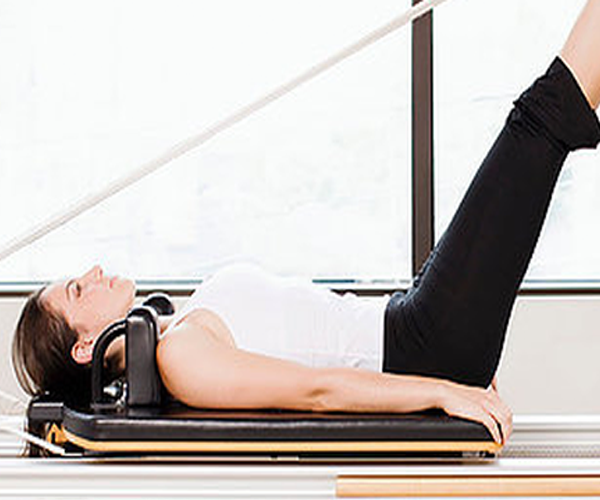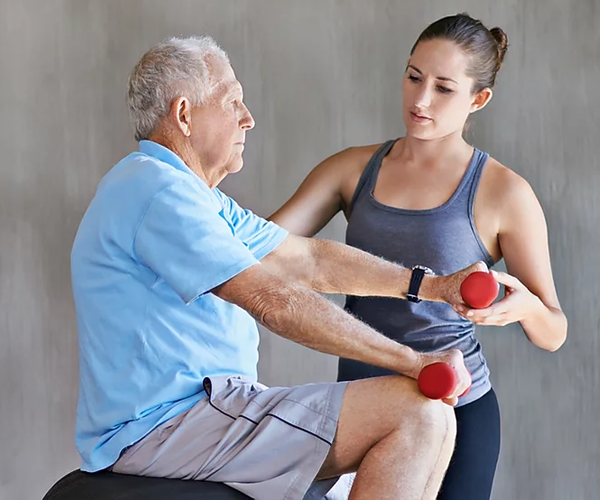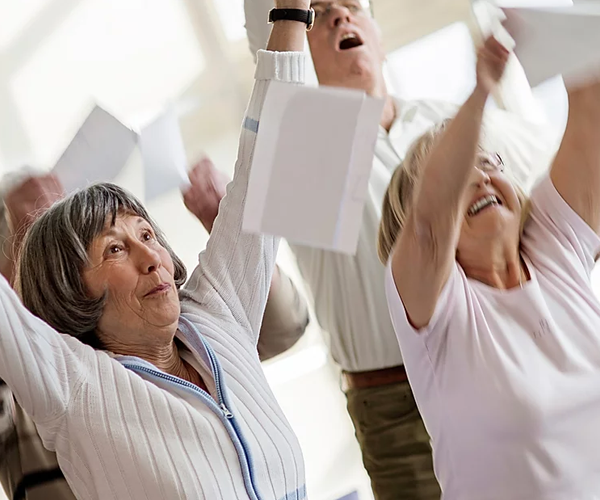One of the common misconceptions with stroke is that people commonly think they have a problem with their muscles. In fact, after a stroke, there is rarely a problem with the muscles and the issue is in fact with the brain. For muscles to function, electrical signals are sent from the brain, down the spinal cord and to the muscles. After a stroke the area of the brain that normally sends these signals may be permanently damaged, meaning the signals are not sent correctly. This means the muscles themselves may be in perfect condition but they don’t receive the neural signals in order to function.
The process by which recovery occurs after a stroke is called neuroplasticity. We have around 100 trillion neural connections in our brain and the brain has set pathways it sends information. When a stroke occurs it may damage brain tissue and block these pathways meaning muscles cannot function. Although the area of damaged brain is irreparable, the brain can create new pathways to bypass the damaged area to almost rewire itself. It is worth noting that neuroplasticity occurs at the highest rate acutely after a stroke, however it can still occur even in chronic stroke survivors, just at a slower rate. It is also worth noting that every stroke is different and everyone’s brain is organised differently so neuroplasticity will vary person to person.
So how do we optimise neuroplasticity? REPS, REPS, REPS! Neuroplasticity rarely occurs unless there is the stimulus to encourage it meaning repetitive exercise is essential to drive improvement. To optimise neuroplasticity, rehab should not be treated like gaining muscle strength for example 3 sets of 10 reps per exercise. In fact, recent evidence suggests patients should aim for hundreds, if not thousands of repetitions per day of repetitive exercise to optimise neuroplasticity! Some upper limb protocols recommended several thousand repetitions per day of hand movement to optimise recovery. For this reason, only doing exercise in your therapy sessions is not sufficient to drive optimal recovery and you should be practicing your prescribed exercises in your spare time. In my experience those patient who take their rehabilitation seriously and practice their exercises for hundreds of reps between rehab sessions are the patients who make the best overall.
If you would like to book a physiotherapy session, please get in touch – Contact Us
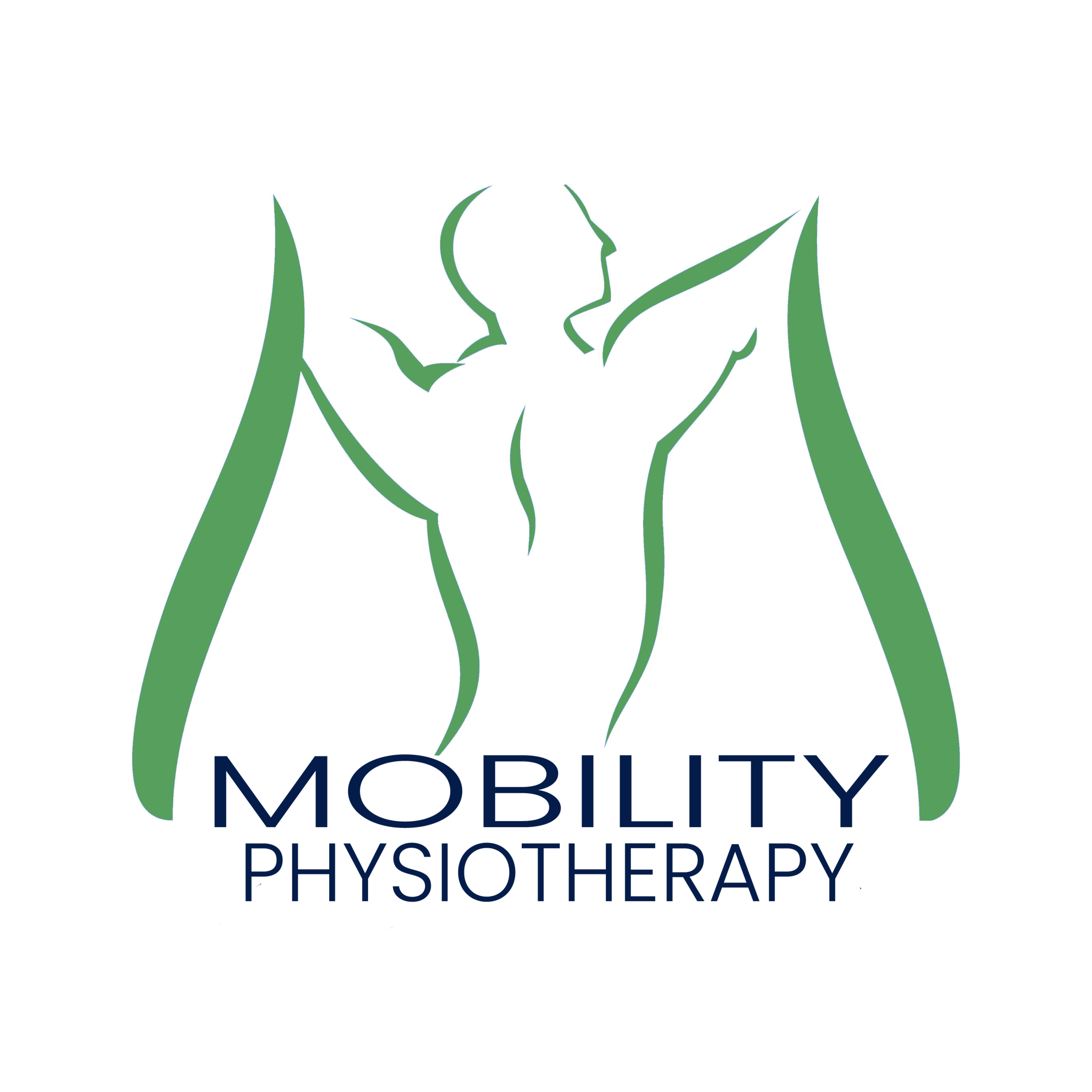
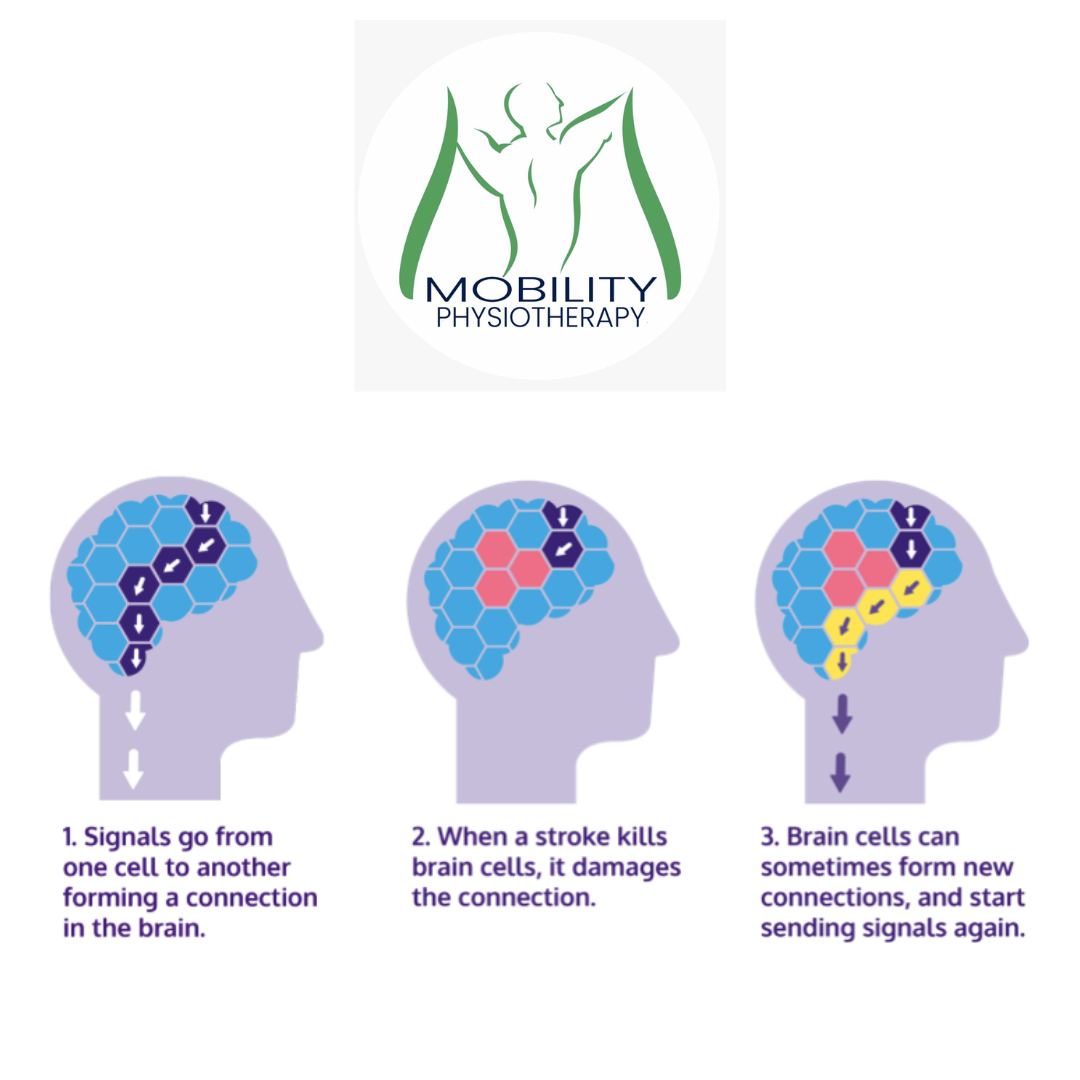
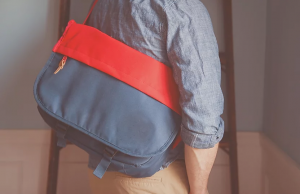
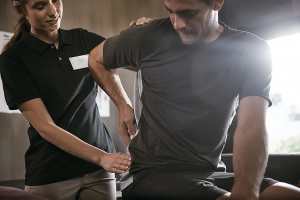
 This page contains the current position that Mobility Physiotherapy Limited is taking based on the latest government and our professional body guidance to ensure the health and safety of our patients.
This page contains the current position that Mobility Physiotherapy Limited is taking based on the latest government and our professional body guidance to ensure the health and safety of our patients.